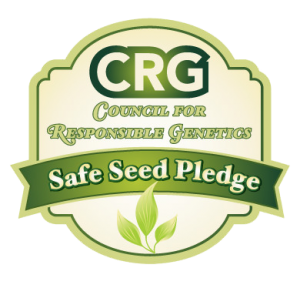Growing Corn

Corn, has probably inspired more home gardens than any other vegetable. Corn is a worthwhile vegetable for any garden, and fresh corn on the cob is delicious! It can take up some real estate so make sure you make lots of room for it when planning your garden.
Plant corn in the northern part of your garden (or any location that does not block the sun for other plants) after all danger of frost is past in well-fertilized soil. Corn may need additional watering to make quality ears during a dry summer. Very hot weather can also have a negative effect on pollination of corn. For a continuous crop, stagger plantings a few weeks apart or choose corn varieties with different maturity dates for more than one harvest.
There are more varieties of corn than almost any other vegetable or fruit so check to make sure the variety you choose will grow well in your area. Heirloom varieties, bi-color corn, Popcorn, and even Indian or multicolored corn varieties are available and can be lots of fun for kids too. You can also try growing pole beans in between your corn stalks to allow them to grow together.
Seeding
Corn is wind pollinated, so it must be planted in a block of several rows for even pollination. Sow corn seed 3-4 inches apart and about 1 inch deep in rows 24-32 inches apart. Thin the corn seedlings to 10-12 inches apart as ears will be small or not form at all on plants that are too crowded. Ornamental corn must be isolated from sweet corn for good pollination. Planting corn in too cool soil will prevent seedlings from growing, especially if a frost is still possible. It is best to plant corn when the soil has warmed to 70-75 degrees. You can also plant corn in starter pots for transplanting into the garden when they are about 6-10 inches tall.
Care & Growing
Full sun is required. Corn is a heavy feeder and requires fertile, well-drained soil with a pH of 6.0-6.5. Prepare the soil by working in well-rotted manure or other organic matter. A side dressing of nitrogen, applied when corn plants are about knee high, will give corn an added boost in growth. Use a good general purpose organic fertilizer or blood meal, partially rotted manure or a liquid fertilizer. Corn needs plenty of moisture. Hill soil around the base of the plant when they are 6 inches high. This will help to anchor the plants and keep the roots covered and cool. Use a mulch to keep down weeds and conserve moisture.
Harvesting
Corn is ready when the ears are completely filled and a pierced kernel shows a milky white liquid. A good sign of corn cob readiness is when the silk turns brown and crisp.



